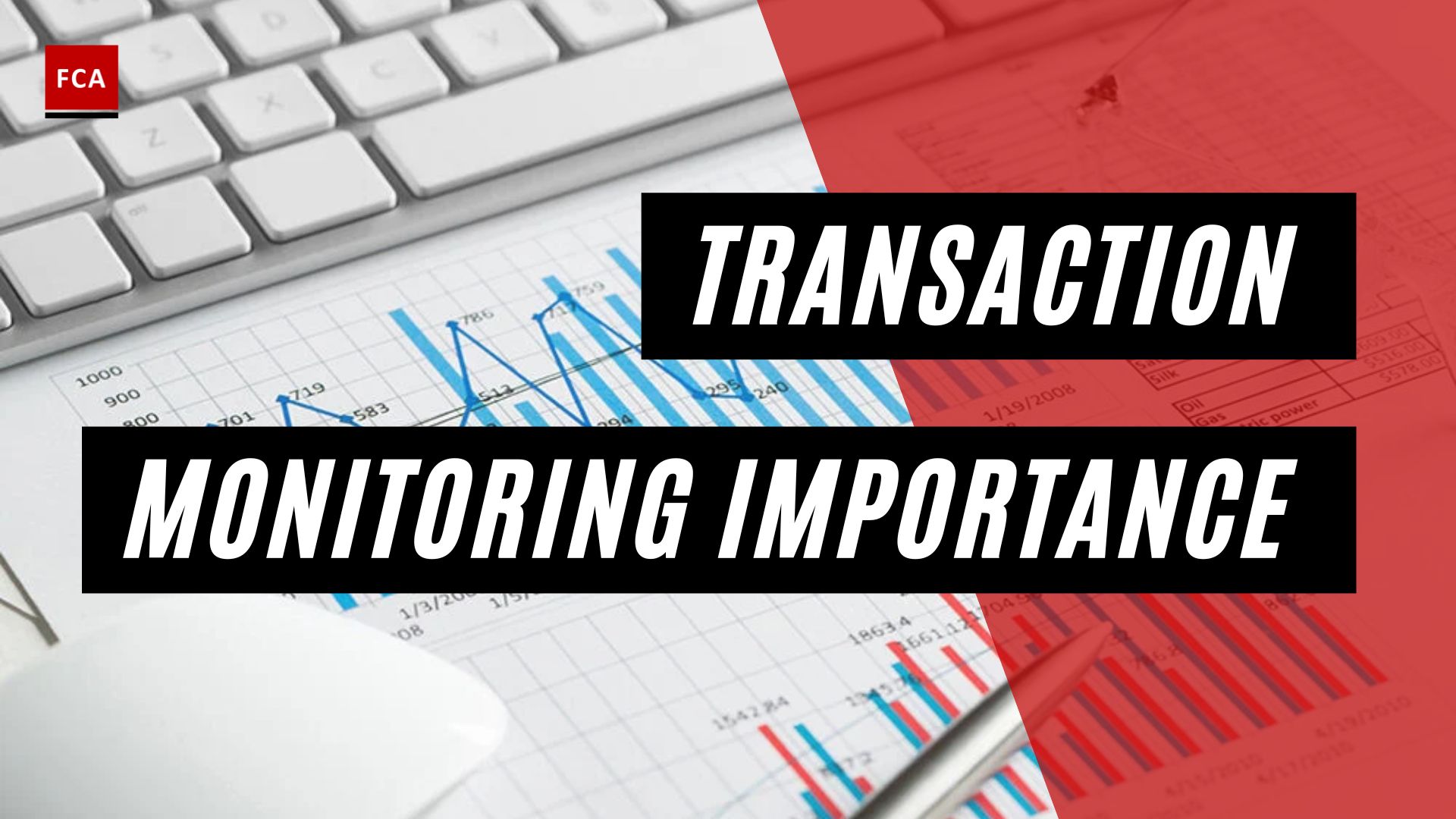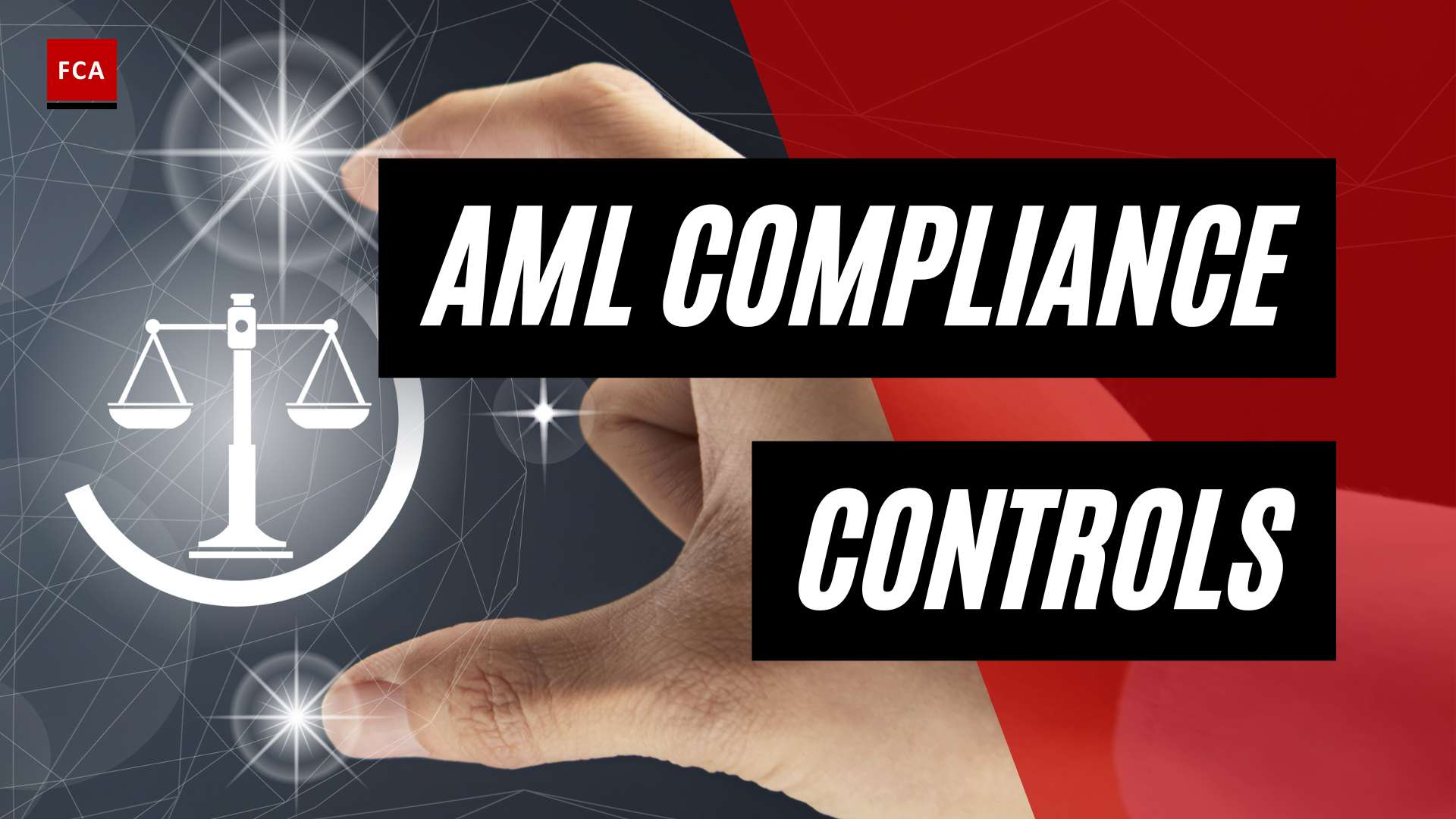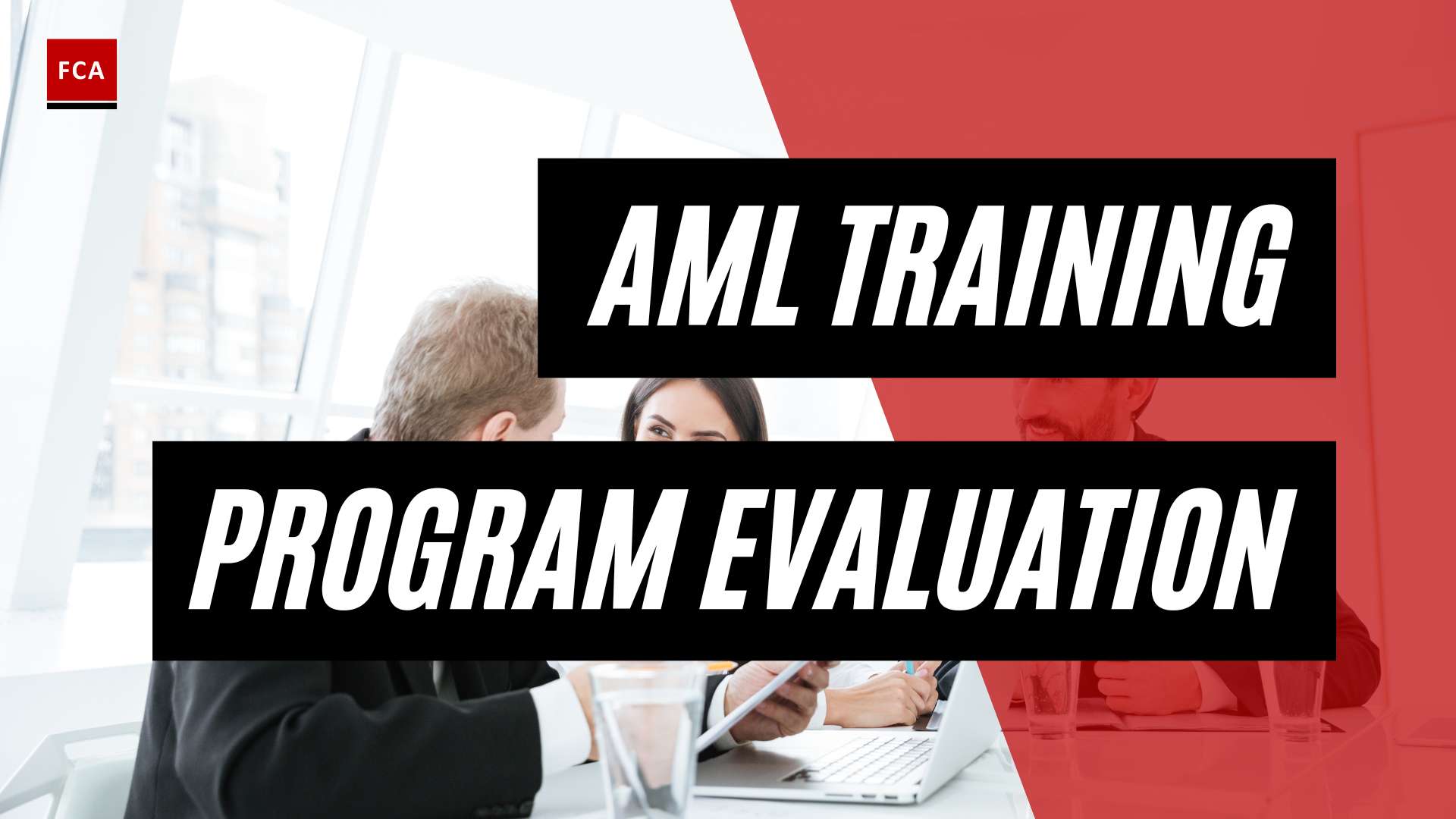Understanding AML Training
Anti-Money Laundering (AML) training courses are integral for professionals working in compliance, risk management, and financial crime prevention sectors. These courses provide critical knowledge and skills needed to detect, prevent, and report money laundering activities.
Importance of AML Training
AML training is crucial for several reasons. Firstly, it equips employees with the necessary understanding of money laundering risks and the methods used by criminals to launder money. This knowledge is essential in today’s global financial landscape where illicit money transactions are becoming increasingly sophisticated.
Secondly, AML training helps organizations maintain compliance with various regulatory bodies. By understanding the legal requirements and implementing effective AML controls, organizations can avoid severe penalties and reputational damage associated with non-compliance.
Lastly, AML training contributes to the broader fight against financial crime. By detecting and reporting suspicious activities, organizations can assist law enforcement agencies in tracking down criminals and disrupting illegal financial networks.
Regulatory Requirements for AML Training
Regulatory requirements for AML training vary across jurisdictions, but there are common themes. Generally, regulations require organizations to provide regular AML training to all employees who are involved in identifying, preventing, and reporting money laundering activities. The training should cover the legal obligations of employees, the risks associated with money laundering, and the organization’s specific AML policies and procedures.
Some jurisdictions may also require employees to participate in ongoing AML training to ensure their knowledge and skills remain up-to-date. This is particularly important given the dynamic nature of money laundering techniques and the constant changes in the regulatory environment.
For more detailed information on AML training requirements, you can visit our article on aml training requirements. If you’re looking for high-quality AML training programs, check out our articles on CDA’s AML training programs and LIMRA’s AML training programs. These programs have been designed by experts in the field and provide comprehensive training on all aspects of AML compliance.
Key Features of AML Training Courses
AML training courses are designed to provide professionals with the knowledge and skills they need to detect, prevent, and report potential money laundering activities. When selecting an AML training course, it’s important to consider several key features, including customization and expertise, flexibility and accessibility, and language and content updates.
Customization and Expertise
AML training courses should be tailored to the specific needs and requirements of the organization and the individual. This is because the risks and challenges associated with money laundering can vary significantly depending on the nature of the business and the role of the individual within the organization. For example, CDA’s AML training services are custom-tailored, ensuring that employees receive training that is specific to their organization’s needs and requirements. In addition, quick and trusted support is provided, offering assistance and guidance to employees throughout the training process.
Flexibility and Accessibility
Given the fast-paced and demanding nature of roles in compliance, risk management, and anti-financial crime, AML training courses should offer flexibility and accessibility. This means they should be available in a variety of formats, including online and in-person, and they should be accessible on a range of devices. Flexibility in terms of timing is also essential, as professionals often need to balance their training with their day-to-day responsibilities.
Language and Content Updates
AML training courses should be offered in multiple languages to cater to a diverse workforce. For instance, LIMRA offers AML courses in both English and Spanish (LIMRA).
Moreover, it’s crucial for AML training courses to be updated regularly to reflect the latest regulatory changes, emerging risks, and best practices in the field. LIMRA, for example, creates a new refresher course annually to ensure anti-money laundering practices are top of mind. Their 2024 AML refresher course focuses on preventing money laundering in a digital world by educating learners on recognizing compromised identities, high-risk activities, red flags, and the use of the SAR (Suspicious Activity Report) (LIMRA).
By considering these key features when choosing an AML training course, professionals can ensure they select a course that will help them stay abreast of the latest trends and techniques in the field of anti-money laundering. For more information on AML training trends, consider exploring our resources on aml training trends and aml training techniques.
Selecting the Right AML Training Provider
Choosing the right provider for AML training courses is crucial. The training provider’s credibility, expertise, and the relevancy of the course content to your organization’s specific needs are all significant factors to consider. Let’s delve into the AML training programs offered by two leading providers: CDA’s and LIMRA’s.
CDA’s AML Training Programs
CDA offers AML training programs that are led by Big 4 Experienced Auditors, adding a high level of expertise and credibility to the courses (CDA Audit). The training programs at CDA offer wide exposure to the market, allowing employees to understand various aspects of anti-money laundering practices in different contexts.
One of the key offerings of CDA’s AML training services is customization. The courses are tailor-made to meet the specific needs and requirements of your organization (CDA Audit). Quick and trusted support is provided by CDA throughout the training process, offering assistance and guidance to employees.
CDA serves a diverse clientele, which can enhance the learning experience of participants by exposing them to a variety of perspectives and challenges in combating financial crimes. Hence, if you are looking for a training program that offers a blend of expertise, customization, and a broad market exposure, CDA’s AML training programs might be a great fit for your needs.
LIMRA’s AML Training Programs
LIMRA’s U.S. Anti-Money Laundering Training Program has been assisting financial services companies in meeting key U.S. Treasury Department rules since 2003. The AML Program by LIMRA includes completion certificates, a resource library, and the ability for users to review materials on demand, along with the option to pause progress at any time.
Their 2024 AML refresher course focuses on preventing money laundering in a digital world by educating learners on recognizing compromised identities, high-risk activities, red flags, and the use of the SAR (Suspicious Activity Report).
LIMRA’s AML training program offers tools such as posters and digital ads to help keep AML practices top of mind, emphasizes the importance of employees in preventing money laundering, and provides real-life industry examples in the training content. The courses are 100% verifiable with updated, digital completion data, and completion certificates available for Home Office staff to digitally track completion activities.
Therefore, if your organization is looking for a comprehensive AML training course that is geared towards digital transformation and practical implementation, LIMRA’s AML training programs may be an excellent choice.
When selecting an AML training provider, it’s important to consider your organization’s specific needs, regulatory requirements, and the current trends in AML training. Both CDA and LIMRA offer credible and comprehensive training programs, but depending on your specific requirements, one may be a better fit than the other.
Advantages of AML Training Courses
The benefits of undertaking AML training courses are multi-fold, ranging from individual career advancement opportunities to organizational benefits in terms of compliance and risk management. Let’s delve deeper into these advantages.
Career Advancement Opportunities
Enrolling in AML training courses can open doors to a variety of career opportunities. As per New Age Learning, these courses are valuable for individuals seeking to advance their careers in fields such as compliance, risk management, financial crime prevention, and law enforcement.
Additionally, the completion of these courses demonstrates to potential employers a commitment to professional development and a serious attitude towards combating financial crime. This could potentially give an edge to individuals in a competitive job market.
Most importantly, these courses equip individuals with a better understanding of how to combat money laundering, terrorist financing, and other financial crimes, ultimately helping to protect businesses and society as a whole. For more information on the various AML certification programs available, visit our page on aml certification programs.
Compliance and Risk Management
From an organizational standpoint, AML training courses are invaluable in ensuring compliance with regulatory requirements. In the UK, for instance, the Financial Conduct Authority (FCA) requires all employees to undergo AML training that is relevant to their role and responsibilities (New Age Learning).
Moreover, these courses equip employees with the necessary knowledge and skills to identify and report suspicious activities, thereby reducing the risk of financial crime. This proactive approach to risk management can help organizations avoid hefty fines and penalties associated with non-compliance.
Training providers such as LIMRA offer additional resources to aid in compliance. The LIMRA AML training comes with a resource library for 24/7 access to course material, aiding learners in content review when required. Additionally, a customized company page is available to assist carriers in meeting regulatory obligations.
In conclusion, AML training courses offer significant benefits to both individuals and organizations. They not only provide a pathway to career advancement but also play a crucial role in achieving compliance and managing risk effectively. For more information on AML training requirements and the various programs available, visit our pages on aml training requirements and aml training programs.
Future Trends in AML Training
In the constantly evolving landscape of Anti-Money Laundering (AML), training courses must adapt to stay current with emerging trends and techniques. This section explores the future trends in AML training courses, focusing on digital transformation and the growing emphasis on practical implementation.
Digital Transformation in AML Training
Digital transformation has revolutionized various sectors, and AML training is no exception. The flexibility of online courses allows individuals to learn at their own pace and on their own time, leading to higher engagement and retention rates (New Age Learning).
An example of this digital transformation is the LIMRA AML Program, which offers annual AML courses in both English and Spanish. Each year, a new refresher course is introduced to maintain awareness and prevent money laundering effectively. The 2024 AML refresher course by LIMRA focuses on preventing money laundering in a digital world, educating learners on recognizing compromised identities, high-risk activities, red flags, and the use of the Suspicious Activity Report (SAR).
This digital shift also extends to resources and support. The LIMRA AML Program includes a 24/7 accessible AML Resource Library and a customized company page to assist carriers in meeting regulatory requirements. This digital transformation trend is expected to continue, with more AML training courses leveraging technology to enhance learning experiences and outcomes.
Focus on Practical Implementation
Another trend in AML training courses is the shift towards practical implementation. Instead of just understanding the theoretical aspects of AML, there’s a growing emphasis on how these principles are applied in real-world scenarios.
This approach enhances the effectiveness of AML training by providing learners with a better understanding of how to identify, report, and prevent money laundering activities in their daily work. It also ensures that the training is relevant and applicable to the learners’ roles and responsibilities.
Moreover, practical implementation also involves continuous learning and refreshers. Regular updates and refresher courses are crucial to ensure that professionals stay informed about the latest AML developments and regulatory changes.
These trends point towards the future of AML training, focusing on digital learning experiences and practical implementation. As these trends continue to evolve, AML training courses will become even more valuable for professionals working in compliance, risk management, AML, and anti-financial crime. For more insights on AML training trends and techniques, visit our articles on aml training trends and aml training techniques.








